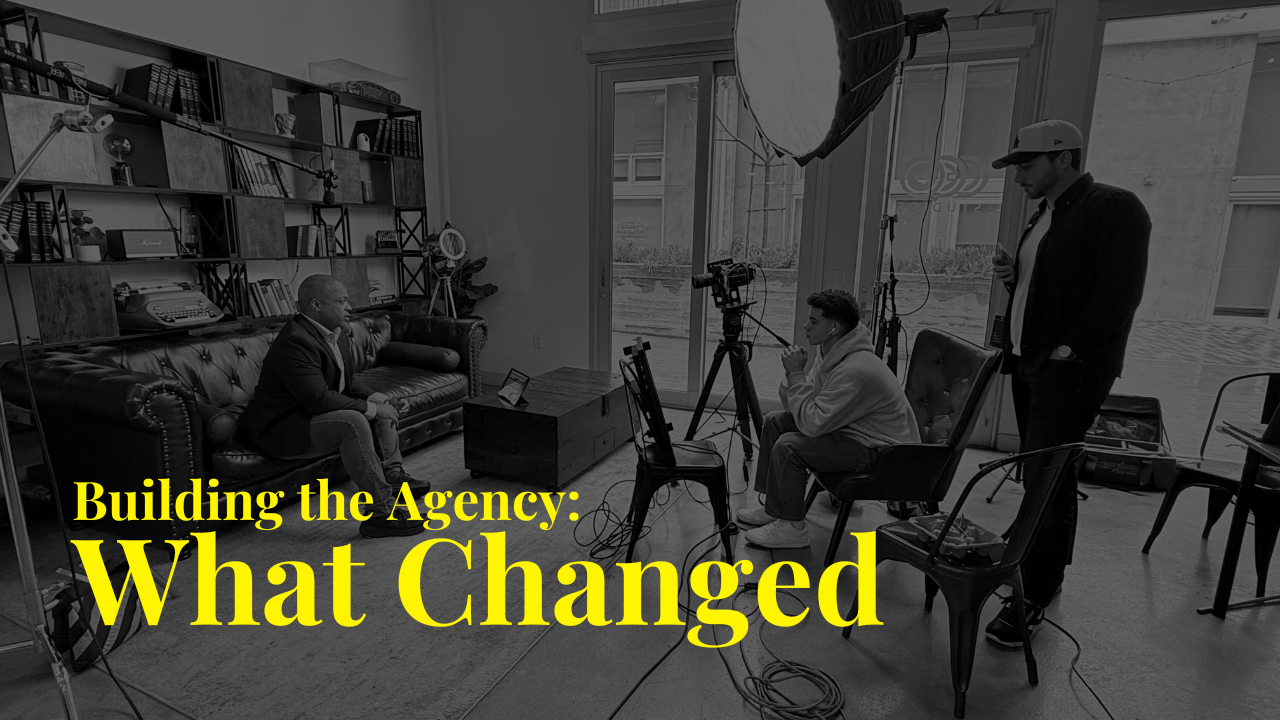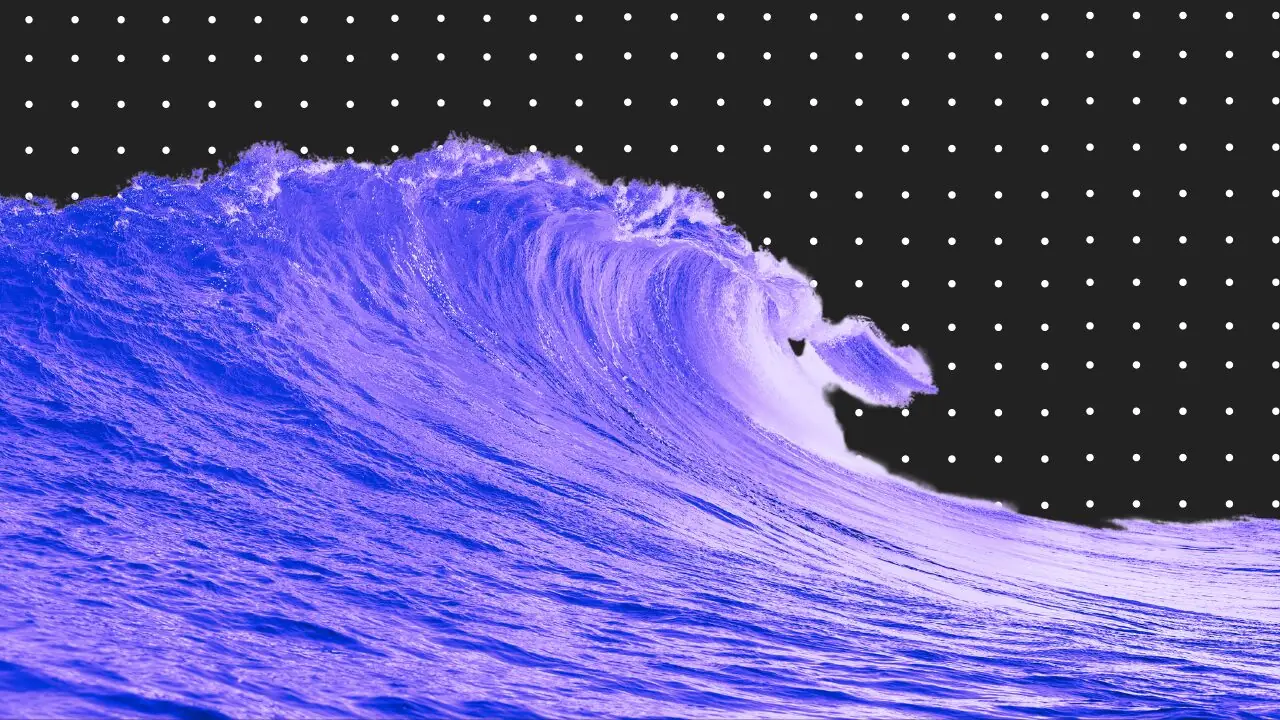Do you ever wonder why some brands always seem to have success with their social media and appeal to the masses?
And I’m not talking about the ones with the most money or history. But the ones who are new and seemingly never run out of ideas.
Well, I will let you in on a little secret: They don’t create content with mass appeal in mind.
They understand the goal is not to create content for the masses—it’s to create content for individuals at scale.
Although it might feel like you’re creating content for all your followers to see simultaneously (similar to a play, concert, etc.).

In reality, you are creating content for Jerry as he waits for his train home, looking through X, or Chelsea, who’s lying in bed scrolling Instagram.
You need to create content that connects with them one-to-one at that moment.
When you go the other direction, with the intention of the masses seeing your content, it inevitability gets watered down and subsequently passed by.
Great marketers know this and lean into creating content for the individual.
So how do they do this? They create content that invokes a feeling, is shareable or saveable, or has a clear intention and obstacle.
Let’s break these down one by one.
Invoking a feeling
Effective writers start each piece by choosing the emotion they want the reader to feel, then work backward. When you do this, you set the frame for the reader and guide them to your desired emotional outcome.
Those feelings can be:
- Wow (remarkable)
- Oh (intriguing)
- WTF (insane/ out of the box)
- No way (disagreeable)
- Aww (redeeming)
- Finally! (giving voice to the viewer)
The feeling we want to avoid is, ‘boring, what’s next on my feed.’
Shareable or Saveable
Your content should make people want to share it with their friends or save it as a bookmark. Shareable content creates a deeper connection between the viewer and their friends, while saveable content (bookmarked) is a resource the user wants to have for individual use.
Clear Intention and Obstacle
You’ll quickly see intention and obstacles if you think of any romantic comedy. For example, “A guy can’t find love in the city. He meets a girl from his hometown whom he falls for, but she’s moving to Europe in 30 days.” Now you know he’s got 30 days to convince the girl to stay. In this case, there is a clear intention and obstacle, which is easy for the viewer to understand.
This is a high-stakes example (like in most movies), but you can lean on low-stakes in your brand storytelling.
Here’s an example: say you own a salsa company. You create a piece of content in which your character wants to throw the perfect tailgate party, as it’s their first time hosting. They have everything picked out and ready. However, they realize they forgot to get a dip, and people are about to show up. No worries; with Instacart, you can have XYZ Salsa delivered, so you don’t miss the game or a bite.
So the next time your pen hits the paper, remember that when you create content with everyone in mind, you end up making content for no one.





